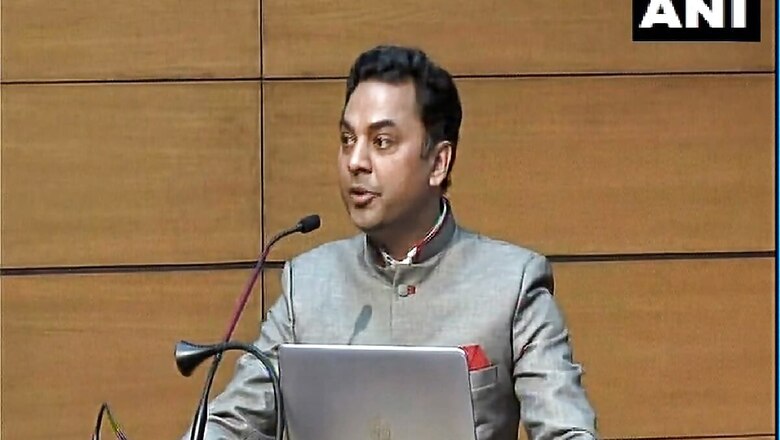
views
Chief Economic Adviser K V SubramanianChief Economic Adviser K V Subramanian on Friday said economic growth leads to debt sustainability and even if India were to have real GDP growth rate as low as 3.8 per cent each year from 2022-23 to 2028-29, the country’s debt levels will still come down. Subramanian further said India has a track record of having adopted expansionary fiscal policy focused on infrastructure spending.
“Growth leads to debt sustainability, but not vice versa… Even if India were to have the real GDP growth rate as low as 3.8 per cent each year from FY23 to FY29, the debts will still come down,” he said during a press conference. Subramanian further pointed out that in advanced economies, there is a conflict between outcomes delivered by inequality and growth.
“While in India, there is a convergence — both inequality and per capita income have similar impact on socio-economic indicators,” he said. The CEA stressed that India must continue to focus on growth so that “we expand the pie, enabling redistributive policies that lift people out of poverty”, adding that growth can mitigate 85 per cent of poverty.
Subramanian said when history judges India for its response to this once-in-a-century health crisis, it will be hailed for its mature and bold measures. He also pointed out that an increase in spending on public healthcare to 2.5 per cent of GDP can bring down a typical household’s out-of-pocket expenditure on healthcare from 65 per cent to 35 per cent.
Subramanian also called for increasing India’s expenditure on R&D from around 1.5 per cent to 3 per cent. “India has been an outlier in its global innovation performance. India must aspire to increase its gross expenditure on R&D from around 1.5 per cent to 3 per cent of GDP,” he noted.
Read all the Latest News, Breaking News and Coronavirus News here
















Comments
0 comment